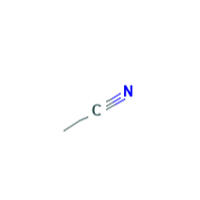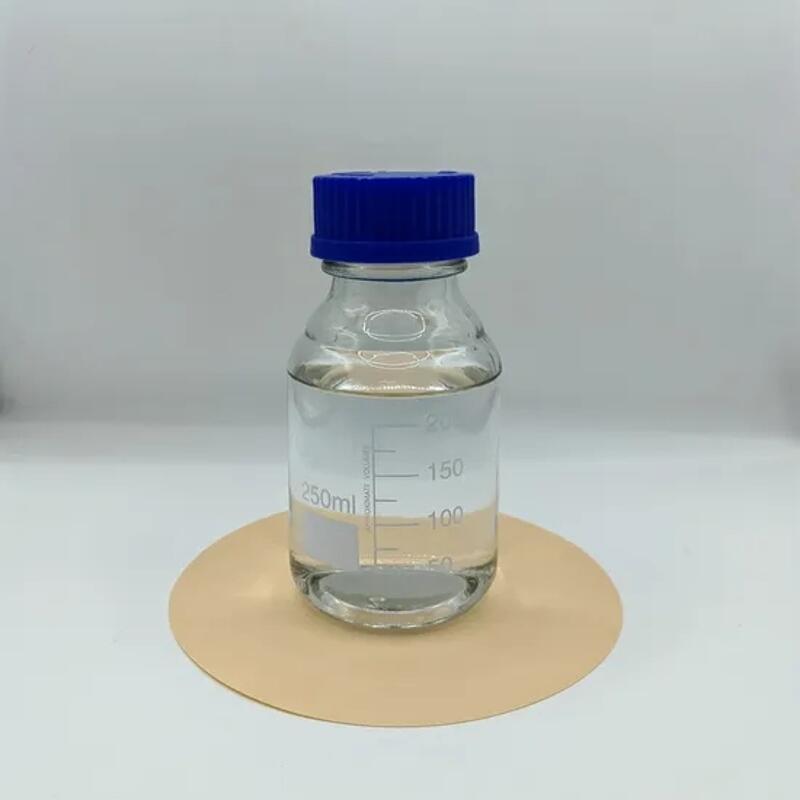-
Categories
-
Pharmaceutical Intermediates
-
Active Pharmaceutical Ingredients
-
Food Additives
- Industrial Coatings
- Agrochemicals
- Dyes and Pigments
- Surfactant
- Flavors and Fragrances
- Chemical Reagents
- Catalyst and Auxiliary
- Natural Products
- Inorganic Chemistry
-
Organic Chemistry
-
Biochemical Engineering
- Analytical Chemistry
-
Cosmetic Ingredient
- Water Treatment Chemical
-
Pharmaceutical Intermediates
Promotion
ECHEMI Mall
Wholesale
Weekly Price
Exhibition
News
-
Trade Service
1,3,5-Tris(bromomethyl)-2,4,6-trimethylbenzene, commonly referred to as TBB, is a synthetic organic compound that is widely used in the chemical industry.
It is a building block for the production of a variety of chemical products, both upstream and downstream.
Upstream Products
One of the primary upstream products derived from TBB is polybrominated diphenyl ethers (PBDEs).
PBDEs are a group of flame retardants that are used in a wide range of applications, including electronics, textiles, and plastics.
TBB is used as a precursor in the production of PBDEs through a process known as bromination.
This process involves the addition of bromine atoms to the TBB molecule, resulting in the formation of PBDEs.
Another upstream product derived from TBB is tetrachlorobenzene (TCB).
TCB is a chemical intermediate that is used in the production of a variety of chemical products, including herbicides, insecticides, and pharmaceuticals.
TBB is used as a precursor in the production of TCB through a process known as chlorination.
This process involves the addition of chlorine atoms to the TBB molecule, resulting in the formation of TCB.
Downstream Products
One of the primary downstream products derived from TBB is the herbicide known as Atrazine.
Atrazine is widely used in agriculture to control weeds and improve crop yields.
TBB is used as a precursor in the production of Atrazine through a process known as halogenation.
This process involves the addition of halogen atoms to the TBB molecule, resulting in the formation of Atrazine.
Another downstream product derived from TBB is the herbicide known as Simazine.
Simazine is similar to Atrazine in its mode of action and is also widely used in agriculture to control weeds and improve crop yields.
TBB is used as a precursor in the production of Simazine through a similar halogenation process as Atrazine.
There are also a number of other downstream products that can be derived from TBB, including other herbicides, insecticides, and pharmaceuticals.
These products are typically produced through a variety of chemical reactions and processing steps that involve the transformation of TBB into new molecules with different properties and applications.
In conclusion, 1,3,5-Tris(bromomethyl)-2,4,6-trimethylbenzene (TBB) is an important building block in the chemical industry, providing the starting material for the production of a variety of upstream and downstream products.
These products range from flame retardants and intermediate chemicals to herbicides and other chemicals used in agriculture and other industries.
The versatility of TBB makes it a valuable commodity in the chemical industry, and its use is likely to continue to grow in the coming years.






